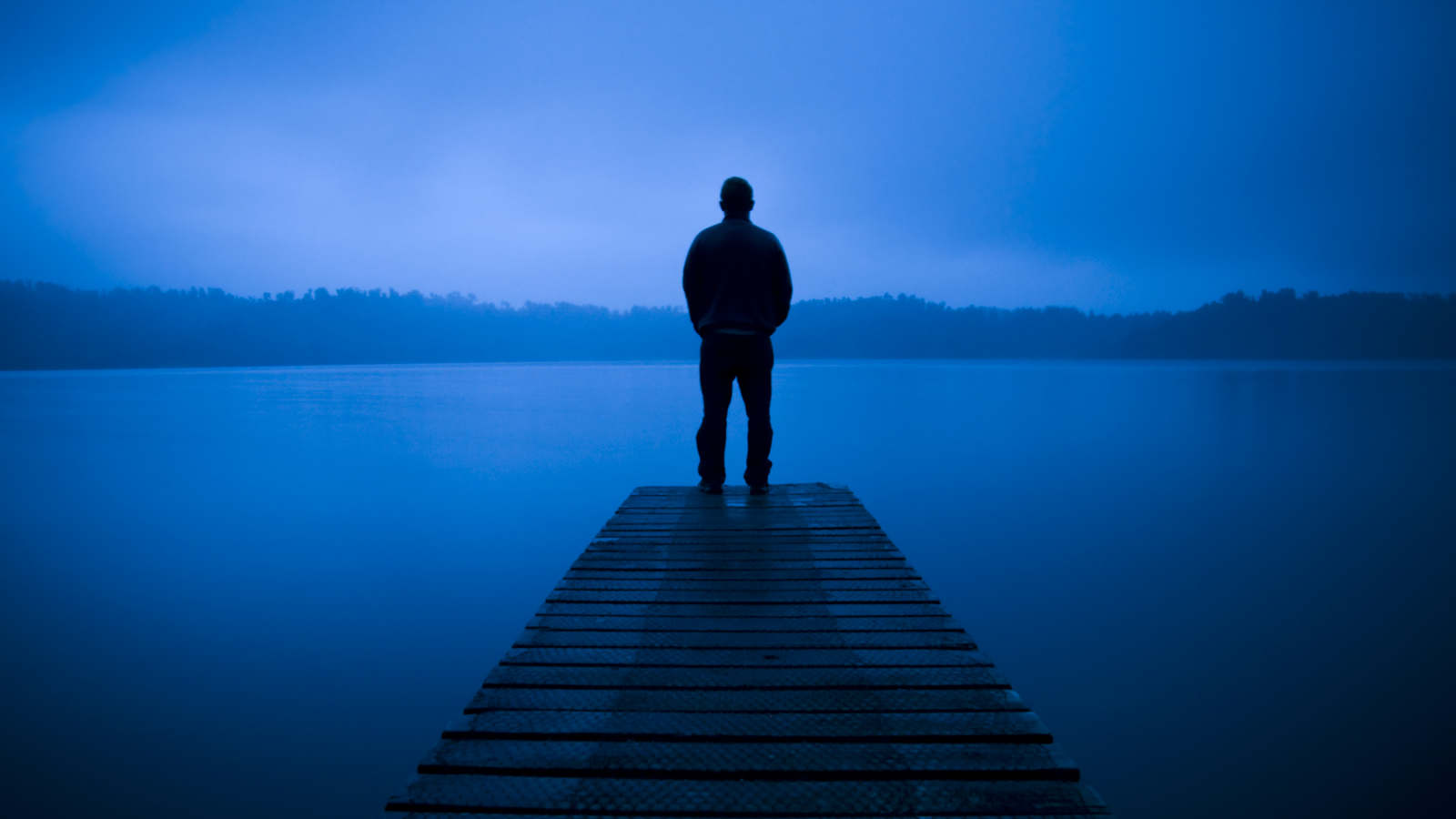When experts found isolation was a great thing – and that debate isn't settled
by Neil JeyasingamIn 1958, isolation was seen as necessary and desirable for human functioning. The Kansas City Study of Adult Life was a long-term study tracking several hundred adults from middle to old age. Through interviews and direct observation, the researchers found that, as people grew older, they progressively turned inwards and gradually withdrew from society.

Disengagement theory, as it was so coined, was a positive process, associated with satisfaction and harmony. The authors noted benefits for the individual and for society. This is known as the Disengagement Theory of Ageing.
Understandably, this was not a popular theory. The notion that isolation could be a positive outcome was anathema to most sociologists. A common criticism was whether the isolation was voluntary, or involuntary. Activity theory (or, as we know it now, “healthy ageing”) was the competing theory, suggesting that productivity should always be the goal, regardless of age.
Yet, activity theory has never been shown to have the same level of evidence behind it – and has even been criticised for encouraging unrealistic expectations.
However, this still brings the question: How could any research suggest isolation as a positive outcome? As an observational study, it identified social norms, which was likely a major source of discontent for reviewers. Regardless of how one might feel about it, disengagement was a common behaviour in old age. They also found disengagement was functional – the individual felt freed from increasingly complex responsibilities of everyday life. One no longer felt a need to cope with escalating demands, and an expectation of productivity – but rather was free simply to focus on oneself.
Loneliness has been described as the commonest mental health problem, yet it does not attract a formal diagnostic label. Nevertheless, it is inextricably linked with damage to the human psyche.
However, in a time of social distancing – even as those restrictions are being slowly lifted – it is important to remember that loneliness and isolation are not the same thing. The pandemic allows us to feel fear at the loss of our roles, that with reduced productivity our essential identities as human beings are under threat. It also allows us an opportunity to relax, turn inwards, and consider what it is about life that we truly consider important. To understand ourselves, to a degree potentially never available before – and, God willing, never available again.
The debate about disengagement and activity continues to rage 50 years later, with academics still divided about what one should do as we grow older. As American historian Gertrude Himmelfarb wrote in 1994: "We search for perfection and closure in our explanatory models because we do not achieve it in our lives."
As we have the option to isolate, we now have the time to think about our own lives and to decide what it is that we want to hold on to, and where to disengage.